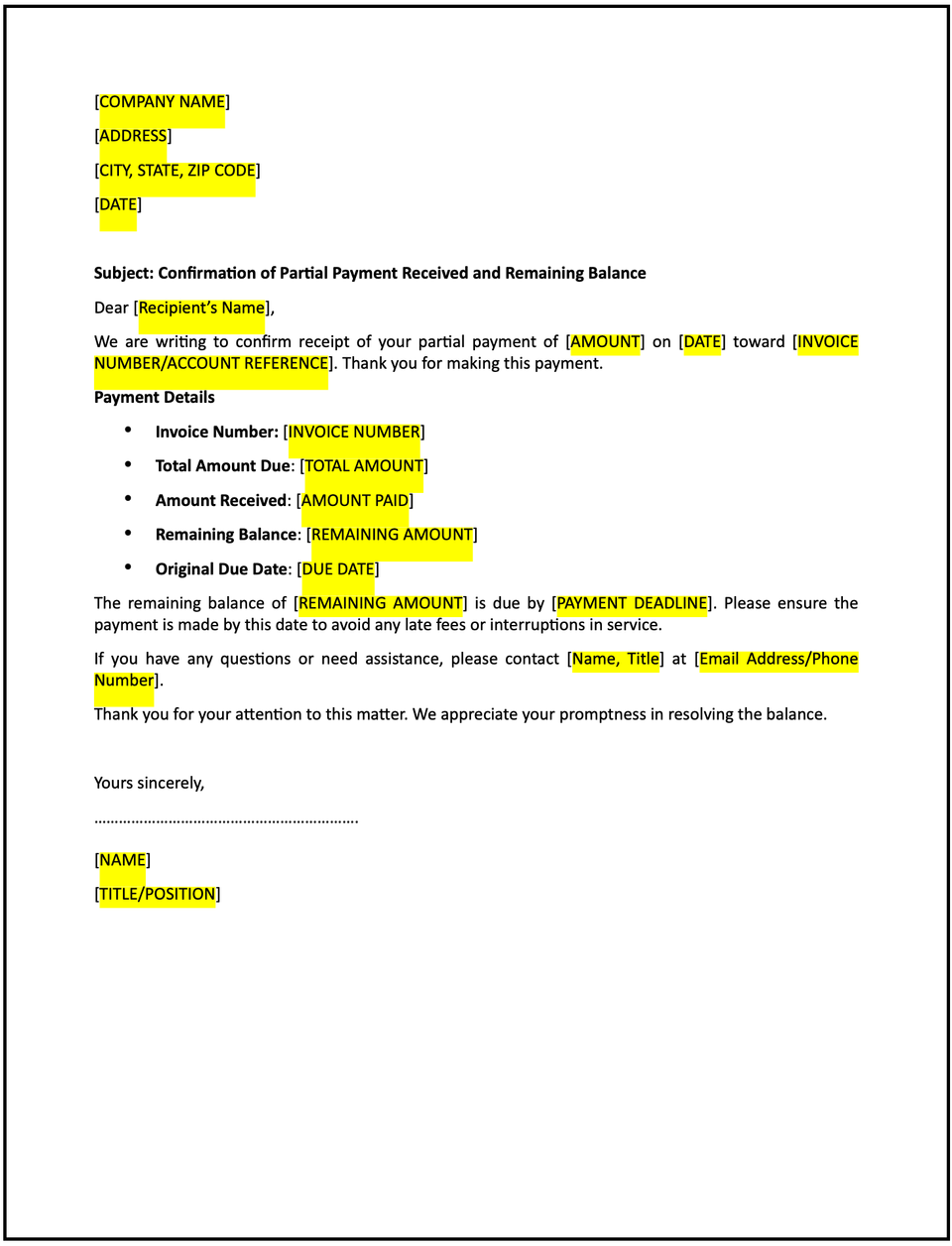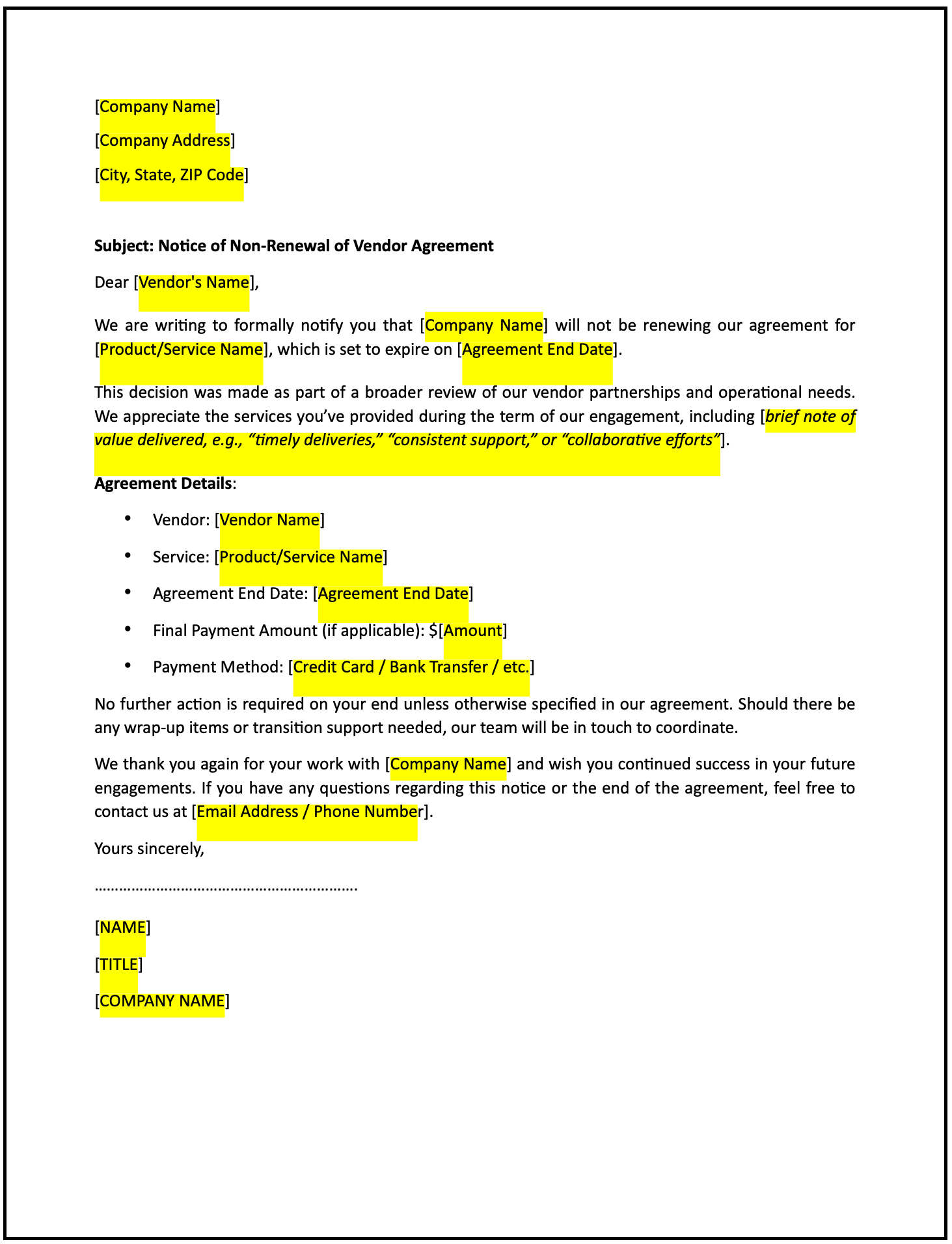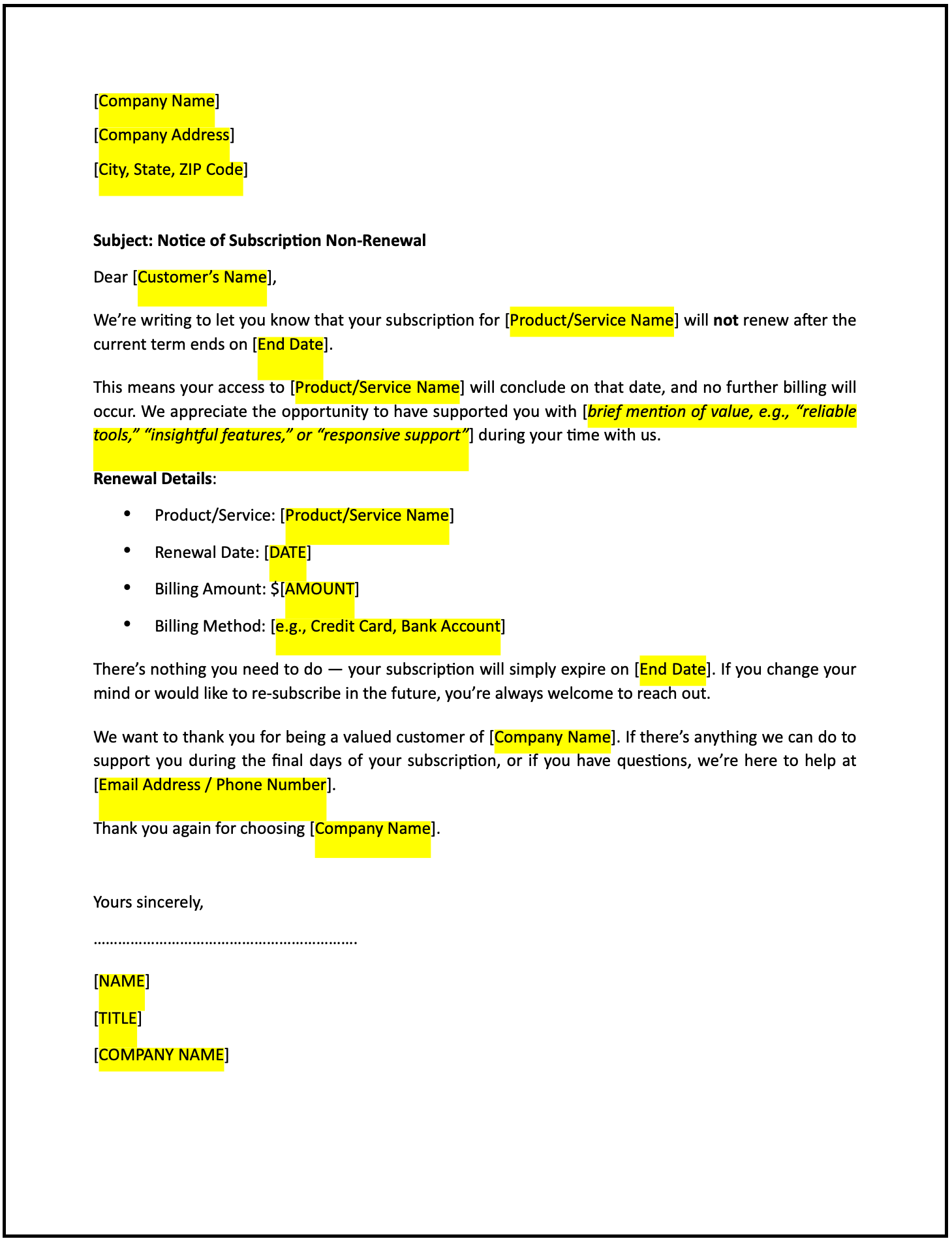Letter confirming partial payment received and remaining balance: Free template

Letter confirming partial payment received and remaining balance
A letter confirming partial payment received and remaining balance is a formal communication to acknowledge receipt of a partial payment and provide details about the outstanding amount. This letter ensures clarity, maintains transparency, and reinforces the importance of settling the remaining balance.
How to use this letter confirming partial payment received and remaining balance
- Open with acknowledgment: Begin by thanking the recipient for their payment and confirming the partial amount received.
- Specify the details: Clearly state the amount received, the date of payment, and any associated reference or invoice number.
- Highlight the remaining balance: Specify the outstanding amount due and any applicable payment deadlines.
- Reiterate payment terms: Reference the original agreement or terms related to the balance to ensure alignment.
- Encourage timely payment: Politely remind the recipient to settle the remaining balance by the due date.
- Offer support: Provide contact details or payment options to assist the recipient in completing the payment.
- Maintain a professional tone: Ensure the letter is clear, respectful, and focused on resolution.
- Provide contact information: Include details for the recipient to reach out with questions or concerns.
Benefits of using a letter confirming partial payment received and remaining balance
This letter template ensures a structured and professional way to acknowledge partial payments while fostering clarity and trust. Here’s how it helps:
- Promotes transparency: Clearly outlining the payment details and remaining balance minimizes misunderstandings.
- Reflects professionalism: A well-crafted letter demonstrates respect for the recipient and a commitment to clear communication.
- Encourages timely payment: Reinforcing the remaining balance and due dates fosters prompt resolution.
- Reduces disputes: Providing detailed payment records helps prevent potential conflicts.
- Provides documentation: A formal record of the payment acknowledgment supports financial tracking and compliance.
Tips for writing an effective letter confirming partial payment received and remaining balance
- Be specific: Clearly describe the partial payment amount, date, and remaining balance.
- Use professional language: Maintain a respectful and constructive tone to encourage cooperation.
- Highlight next steps: Include instructions or options for settling the remaining balance.
- Include actionable advice: Provide payment methods, deadlines, or contacts for assistance.
- Keep it concise: Focus on the key points while ensuring the tone is professional and supportive.
Frequently asked questions (FAQs)
Q: What details should I include in this letter?
A: Include the partial payment amount, date, remaining balance, payment terms, and next steps.
Q: Should I personalize the letter?
A: Yes, addressing the recipient directly ensures clarity and demonstrates attentiveness.
Q: Who typically sends this letter?
A: The finance, billing, or customer service team usually sends this letter.
Q: How formal should this letter be?
A: The tone should be professional yet approachable, focusing on clarity and encouragement.
Q: When should this letter be sent?
A: Send the letter promptly after receiving the partial payment to ensure timely communication.
Q: Can this letter include payment plan options?
A: Yes, including flexible payment options for the remaining balance can foster cooperation and resolution.
Q: Is acknowledgment from the recipient required?
A: While not mandatory, encouraging acknowledgment ensures the recipient is aware of the remaining balance and next steps.
This article contains general legal information and does not contain legal advice. Cobrief is not a law firm or a substitute for an attorney or law firm. The law is complex and changes often. For legal advice, please ask a lawyer.


